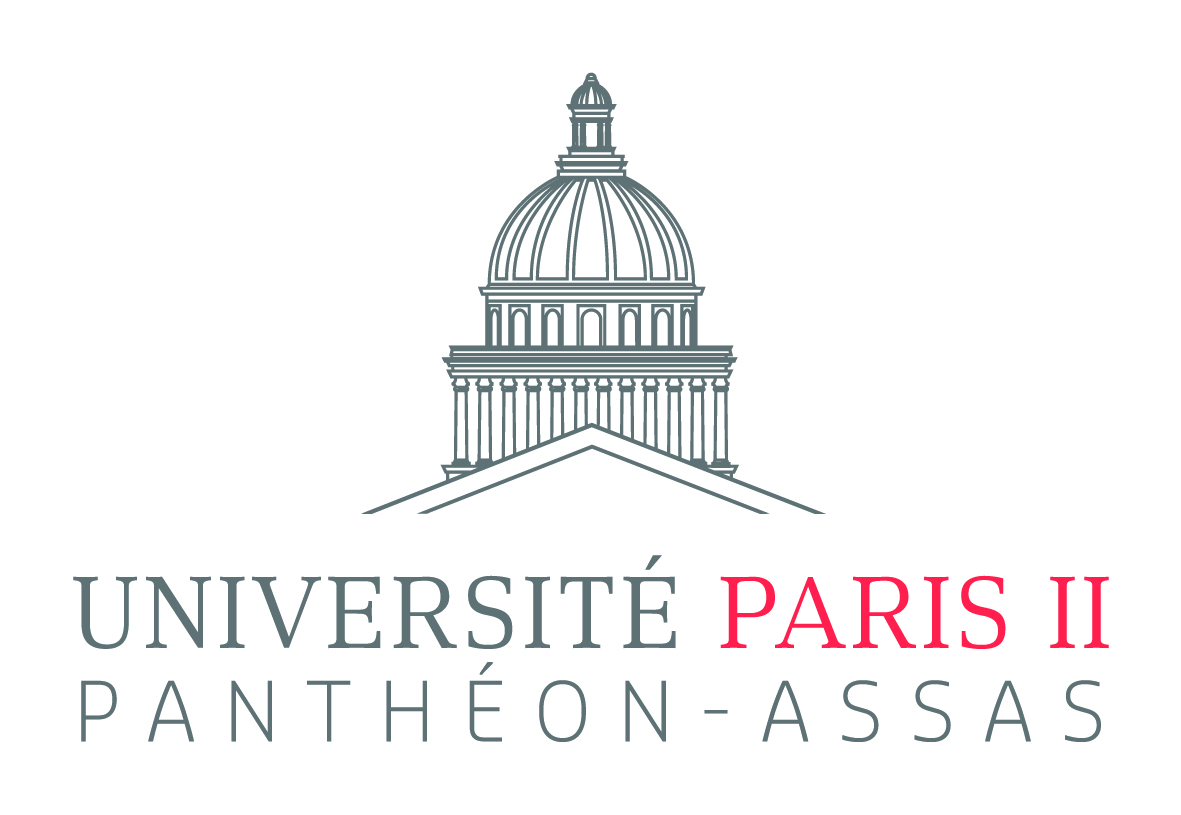
Agrégateur de flux
Arrêt n°1134 du 14 mai 2019 (19-82.833) - Cour de cassation - Chambre criminelle - ECLI:FR:CCASS:2019:CR01134
Arrêt n°338 du 18 avril 2019 (18-13.238) - Cour de cassation - Troisième chambre civile - ECLI:FR:CCASS:2019:C300338
Arrêt n°368 du 9 mai 2019 (16-24.701) - Cour de cassation - Troisième chambre civile - ECLI:FR:CCASS:2019:C300368
Arrêt n°366 du 9 mai 2019 (18-16.717) - Cour de cassation - Troisième chambre civile - ECLI:FR:CCASS:2019:C300366
Arrêt n°616 du 9 mai 2019 (18-11.158) - Cour de cassation - Deuxième chambre civile - ECLI:FR:CCASS:2019:C200616
Arrêt n°615 du 9 mai 2019 (18-10.165) - Cour de cassation - Deuxième chambre civile - ECLI:FR:CCASS:2019:C200615
Bitcoin online resolution award refused recognition and enforcement at Amsterdam (ordre public exception of New York Convention).
I tweeted it earlier yet was asked to put a review up on the blog (which also suits my archiving purposes) of ECLI:NL:GHAMS:2019:192 X v Y (I know that does not help much) at the Amsterdam Court of Appeal, 29 January 2019. The case came to me courtesy of Freshields who have review here.
The case illustrates some of the issues involving online alternative dispute resolution, including those manned by artificial intelligence (albeit the latter was not directly at stake here).
Using an online trading platform, X provided three loans to Y, all in bitcoins at an interest rate of 5% per month. To borrow these bitcoins, Y had to agree on the conditions of the online bitcoin-trading platform applicable to the loans. These conditions included the following dispute resolution mechanism clause:
If you fail to pay principal and/or interest on the date on which the loan falls due, you will be considered in default of the Registration Agreement… Should your loan become 90 days past due (“Defaulted”) the loan will be sent to Dhami Law Firm (“Arbitrator”), an independent, international arbitration firm whose awards are recognized internationally under The United Convention on the Recognition and Enforcement of Foreign Arbitral Awards.
I understand that in the event that I want to appear in the arbitration by email to contest the potential issuance of an award in favor of the lenders, I must send a written request to support@btcjam.com and pay a $ 99.00 fee. Such request must be within 7 calendar days from the date of the Notice of Default. The Arbitrator’s decision shall be final and legally binding. In the event that the Arbitrator issues an award in favor of the investor, an investor may enforce that judgment in a court of competent jurisdiction.
The conditions further contained the following arbitration clause:
All claims and disputes arising under or relating to this agreement are to be settled by binding arbitration in the state of California or another location mutually agreeable to the parties. An award of arbitration may be confirmed in a court of competent jurisdiction.
Default ensued, as did ADR, and Y sought enforcement in The Netherlands. The Courts have now refused proprio motu (Y had signalled he had no objection), for the following reasons summarised by Freshfields: First, the court took issue with the circumstance that – in its view – online arbitral proceedings automatically become pending after 90 days. Second, a defendant wishing to defend itself in these arbitral proceedings had been required to write an email within seven days from receiving a notice of default. Third, the arbitral tribunal had failed to inform Y that a dispute was pending against him or of the legal grounds of the action.
At 3.5 is it is clear that the principle of audi alteram partem is the main stumbling block for the Dutch Courts. Ordre public violated. A clear flashpoint for ADR, including of the algorithmic variety.
Geert.
« Avec tout ce que j’ai entendu, vous voulez que je garde le silence ? »
À l’issue de la seconde journée d’audience du procès des époux Balkany, jugés notamment pour fraude fiscale, le maire de Levallois a promis qu’il s’exprimerait mercredi sur les faits qui lui sont reprochés.
Arrêt n°596 du 9 mai 2019 (18-16.575) - Cour de cassation - Deuxième chambre civile<br>- ECLI:FR:CCASS:2019:C200596<br>
Arrêt n°607 du 9 mai 2019 (18-17.847) - Cour de cassation - Deuxième chambre civile<br>- ECLI:FR:CCASS:2019:C200607<br>
Arrêt n°608 du 9 mai 2019 (18-11.468) - Cour de cassation - Deuxième chambre civile<br>- ECLI:FR:CCASS:2019:C200608<br>
Arrêt n°1134 du 14 mai 2019 (19-82.833) - Cour de cassation - Chambre criminelle<br> - ECLI:FR:CCASS:2019:CR01134
Mandat d'arrêt européen
Arrêt n°610 du 9 mai 2019 (18-10.909) - Cour de cassation - Deuxième chambre civile<br>- ECLI:FR:CCASS:2019:C200610<br>
Arrêt n°611 du 9 mai 2019 (18-14.515) - Cour de cassation - Deuxième chambre civile<br>- ECLI:FR:CCASS:2019:C200611<br>
Arrêt n°612 du 9 mai 2019 (18-15.435) - Cour de cassation - Deuxième chambre civile<br>- ECLI:FR:CCASS:2019:C200612<br>
Arrêt n°378 du 7 mai 2019 (17-21.047) - Cour de cassation - Chambre commerciale, financière et économique<br> - ECLI:FR:CCASS:2019:CO00378<br>
Arrêt n°1102 du 14 mai 2019 (19-81.408) - Cour de cassation - Chambre criminelle <br>- ECLI:FR:CCASS:2019:CR01102<br>
Arrêt n°675 du 9 mai 2019 (18-81.743) - Cour de cassation - Chambre criminelle <br>- ECLI:FR:CCASS:2019:CR00675<br>
Arrêt n°1065 du 7 mai 2019 (19-81.366 - 19-81.494) - Cour de cassation - Chambre criminelle <br>- ECLI:FR:CCASS:2019:CR01065<br>
Arrêt n°624 du 7 mai 2019 (18-80.418) - Cour de cassation - Chambre criminelle <br>- ECLI:FR:CCASS:2019:CR00624<br>
Pages
Sites de l’Union Européenne
- Europa, portail de l'UE
- Eur-Lex, moteur de recherche du droit de l'UE
- Répertoire de la législation de l'UE en vigueur
- Cour de justice de l'UE
- Direction Justice de la Commission
- Observatoire législatif du Parlement
- Suivi des procédures interinstitutionnelles
- Synthèses de la législation de l’UE
- Portail e-Justice
- JURE, décisions nationales (Bruxelles I et II bis)
- Atlas judiciaire européen en matière civile
- Réseau judiciaire européen
- EuroVoc, thesaurus multilingue de l'UE
- IATE, base terminologique de l'UE
Theme by Danetsoft and Danang Probo Sayekti inspired by Maksimer



